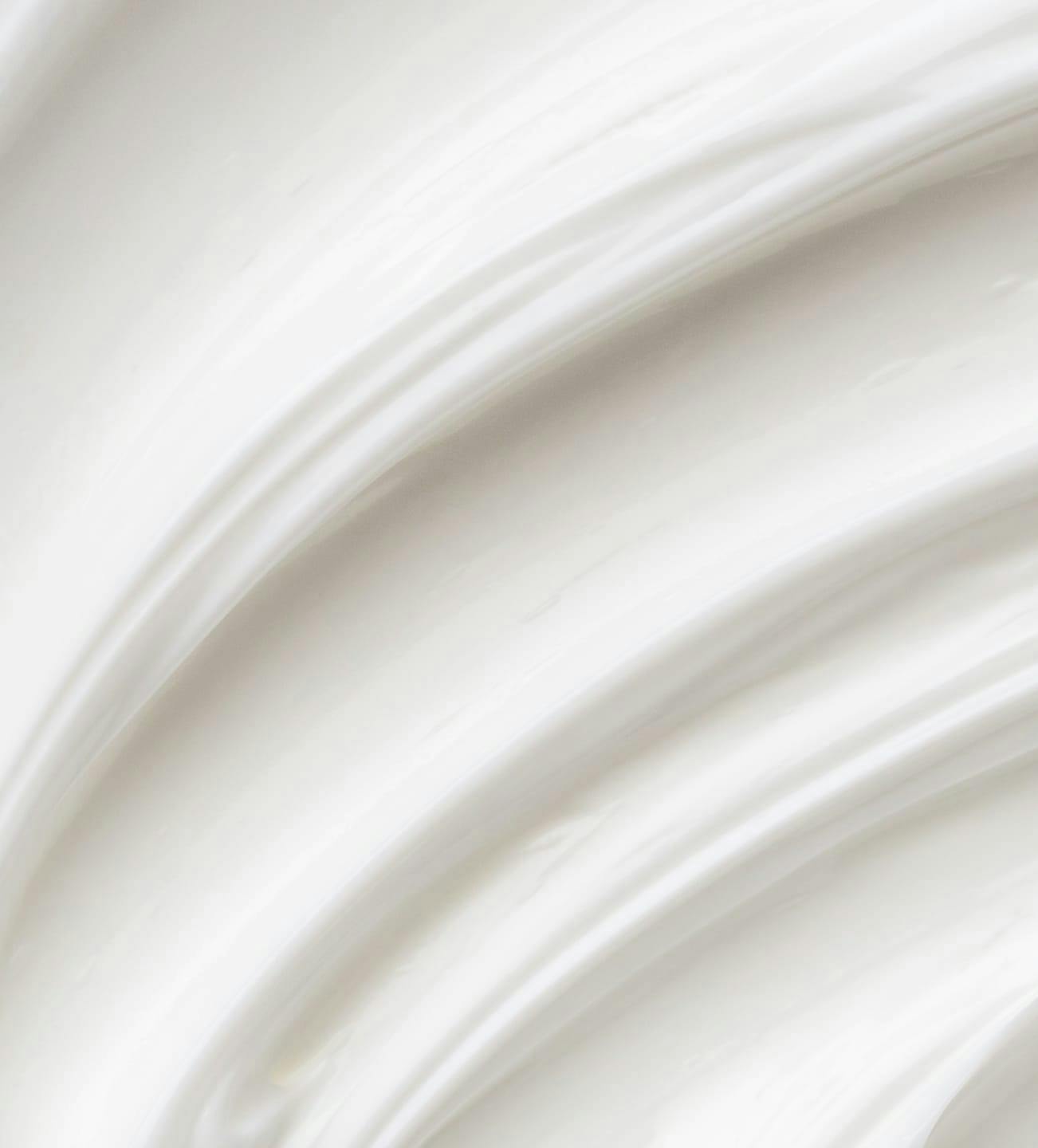Is Molluscum Contagiosum Dangerous?
Molluscum contagiosum is not dangerous – the biggest risk of the virus is a secondary infection caused by scratching. However, it does spread quickly from person-to-person with direct contact. As such, it is most common in areas where people are coming in direct contact with one another, such as a preschool or elementary class.
Children are more likely to become infected by proximity and play. Young adults and adults may become infected with the virus through sexual contact.
The virus is contagious enough that it is even possible to spread the virus from one part of your body to another from touch alone. As such, it is very important that you resist the urge to scratch or touch the bumps if they develop.





